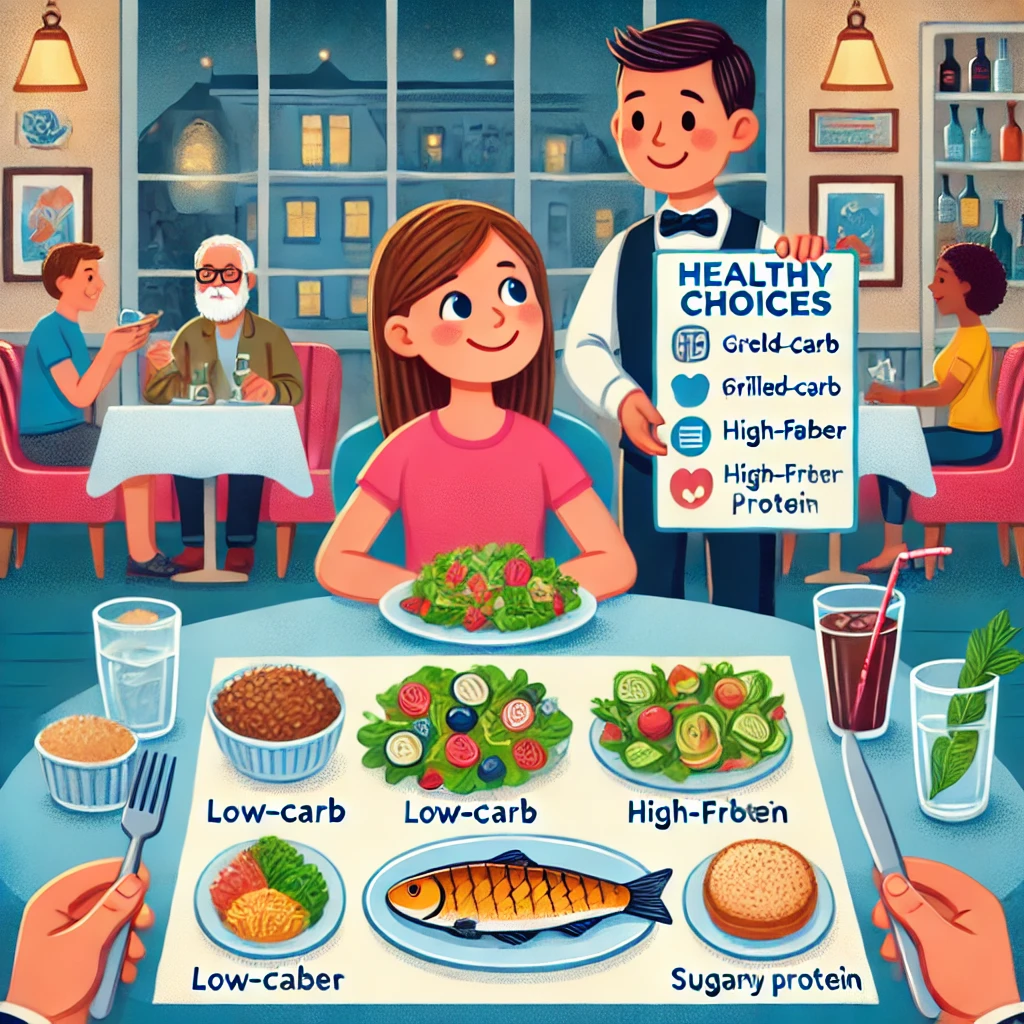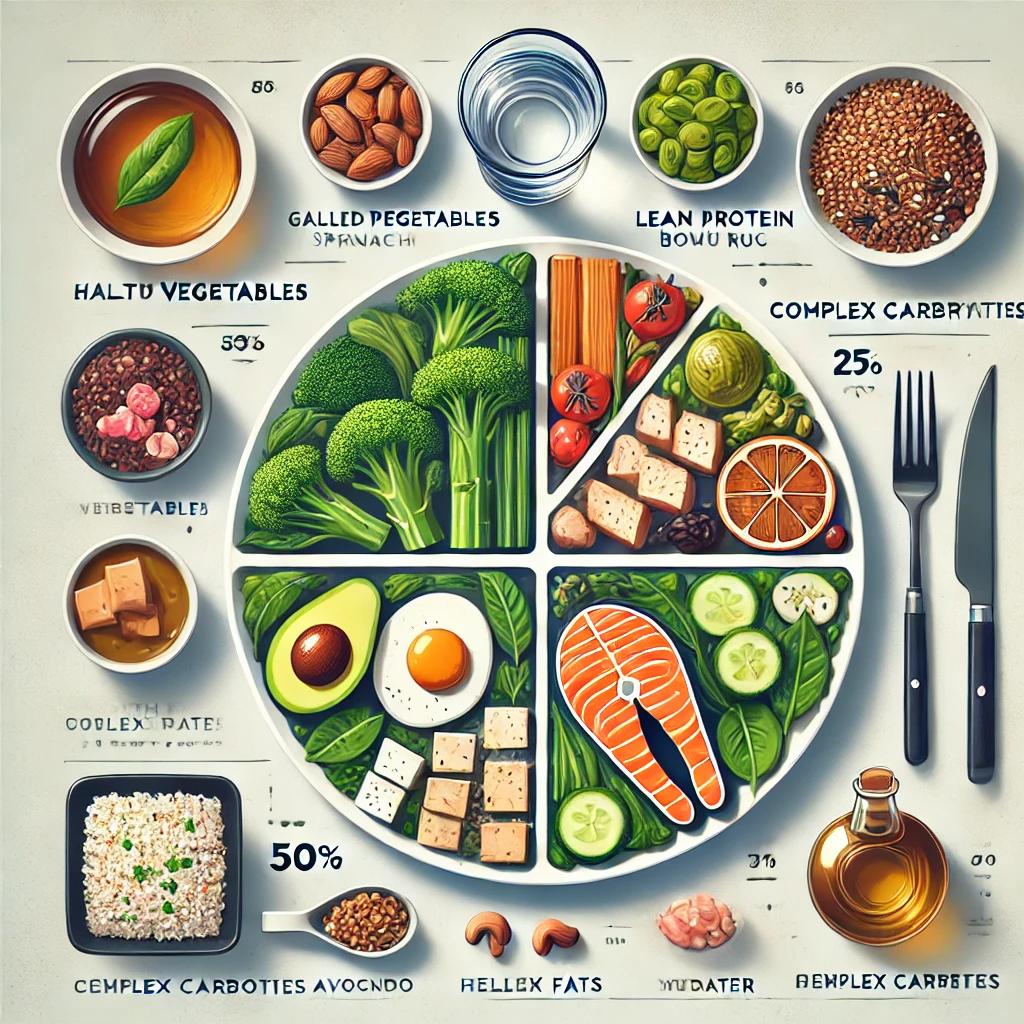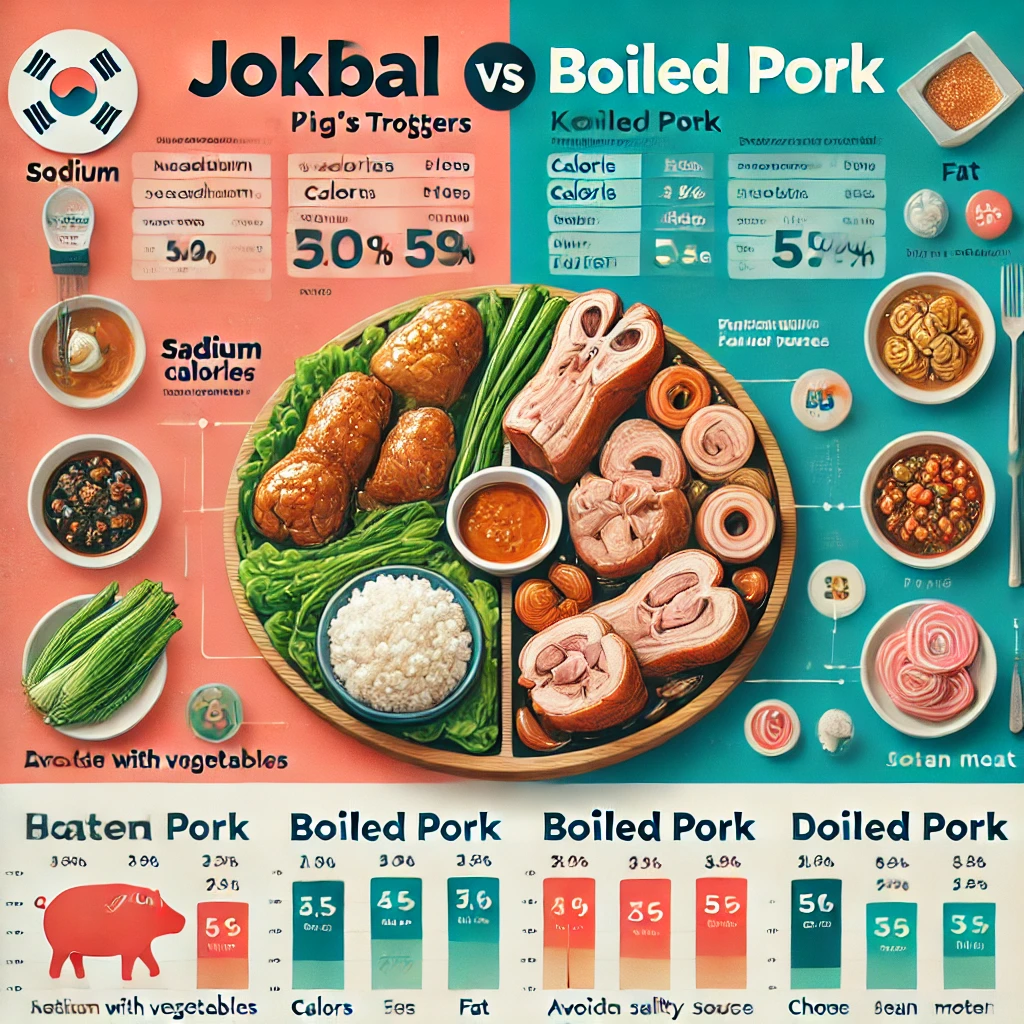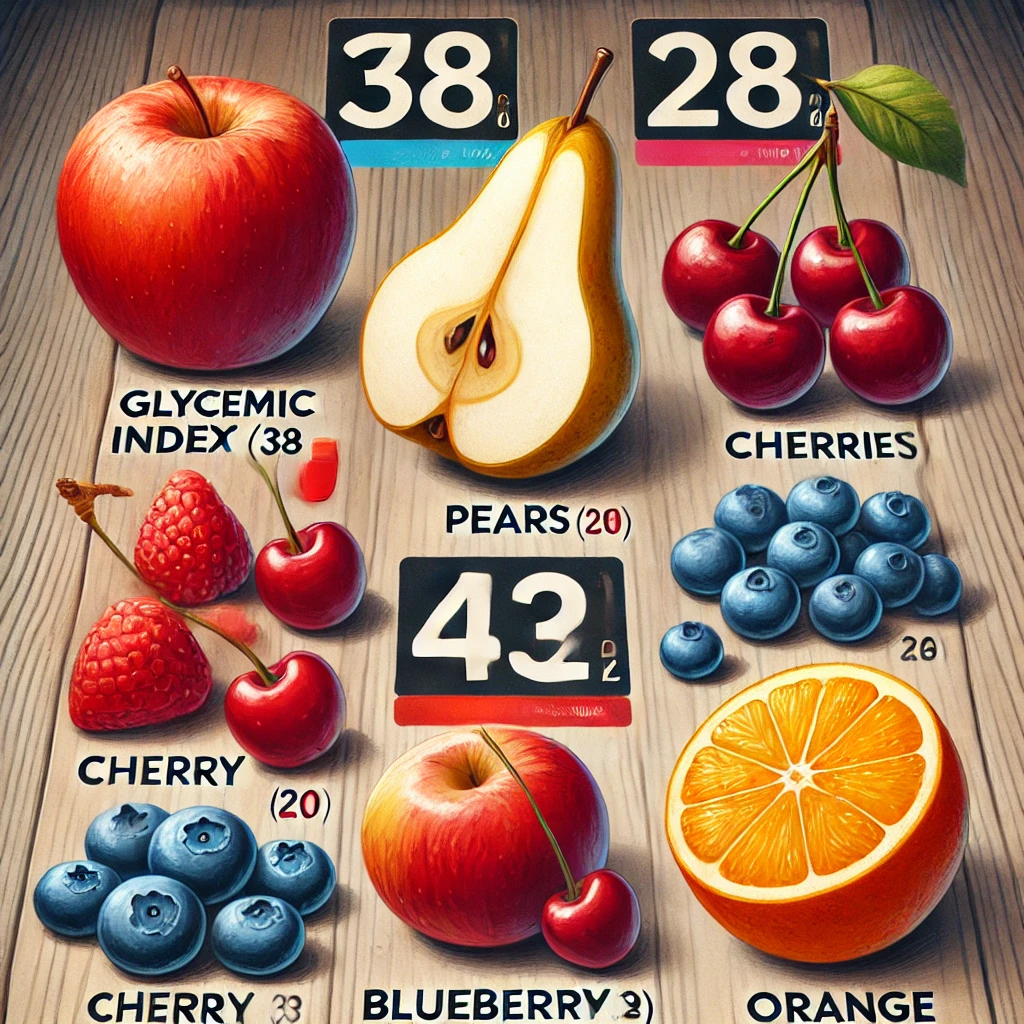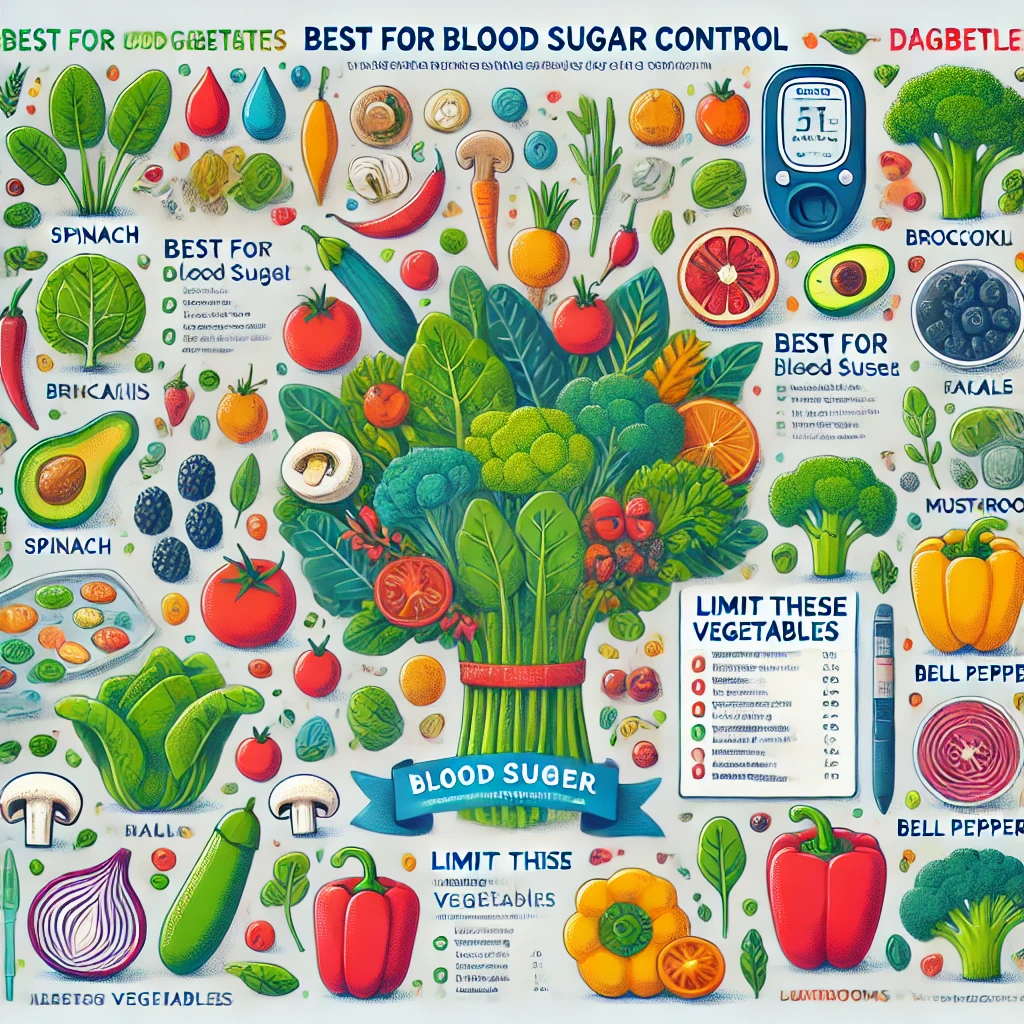How to Eat Out Safely with Diabetes: Smart Menu Choices
Eating out can be a challenge for people with diabetes. Many restaurant dishes are high in carbohydrates, sodium, and unhealthy fats, making blood sugar management difficult. However, with a little planning and the right menu… How to Eat Out Safely with Diabetes: Smart Menu Choices
